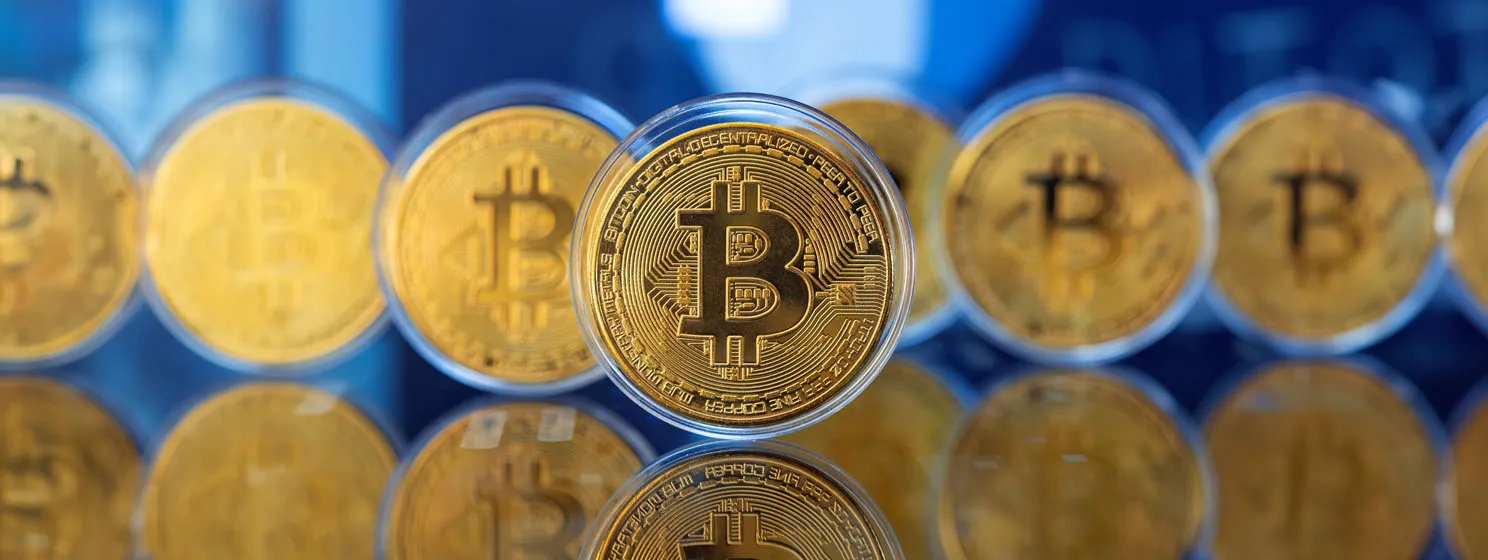|
Getting your Trinity Audio player ready...
|
The second episode of CoinGeek Discussions took place on X Spaces. Joining the other speakers was Daniel Krawisz, an old-school Bitcoiner and thought leader who will be familiar to many in the BSV blockchain ecosystem.
— CoinGeek (@RealCoinGeek) August 11, 2023
On BSV blockchain’s recent record-breaking transactions
Zachary Weiner opens the conversation by noting that the BSV blockchain had a record-breaking day in which it successfully processed more than 128 million transactions. As usual, some people have been salty about it, claiming it is just test data, but they’re missing the bigger picture. These sorts of tests prove what the BSV blockchain is capable of and help developers discover its current limitations.
David Case seconds the point about testing limitations. He said that he discovered various bottlenecks when he was broadcasting the transactions and ramping them up. This testing is vital if the BSV blockchain is ever to reach 1 billion transactions per second, as Dr. Craig Wright envisions. In this case, the company responsible for the transactions was Rekord, an Internet of Things (IoT) company.
On Ordinals and why they’re more popular on BTC
Nicolas Ryan-Schreiber notes that Ordinals exploded on BTC, and while they were launched on the BSV blockchain, mass migration across didn’t happen despite BTC’s technical limitations. However, we can do more exciting things on the BSV blockchain, and if we innovate, he’s confident that more people will discover and use the BSV blockchain. Once again, he says those interested in Ordinals are “nomadic” and not ideologically tied to one chain.
Krawisz expresses the view that Ordinals are just altcoins on Bitcoin. Weiner counters that, saying that in lieu of proof of work (PoW), these tokens could act as something akin to value burned. He says there are many creative use cases, and sending them both cost nothing and engages users. Addressing his point about burning value, Krawisz says it is subjective, whereas turning energy into heat (PoW) is not.
Artist Swonk is sympathetic to Krawisz’s view that they are merely altcoins on Bitcoin, but he doesn’t see the problem with that. People enjoy trading these tokens and potentially making gains on them, so while a more sustainable world is desirable, why not allow people to do what they want in the meantime if it gets them interested in BSV?
JPEG Wars notes that Ordinals have people from the BTC and BSV camps discussing how to put data on Bitcoin. This was something unthinkable even a year ago. He also says the game is live, and while a few bugs must be ironed out, it’s good to go.
Given the technical limitations of the chain, Michael Wehrmann wonders why people prefer Ordinals on BTC. This elicits various answers, including that it’s more liquid and has a greater network effect; there’s a sense of scarcity that gives the collections the idea of value.
Ryan-Schreiber says we need to innovate and create something that either doesn’t or can’t exist on BTC. Most of all, we need to develop tools so that other people can innovate.
Making things provably first
Case points out that the aim of minting assets with proof of work is making things “provably first.” It’s far easier to index things on the BSV blockchain, and it’s easier for people to play with fun ideas as the BSV blockchain is more technically capable. He adds that BTC “sort of” has the concept of collections; people can say they created a thing, but the proof doesn’t exist on the blockchain at all.
On the BSV blockchain, things have been taken one step further; people can tag things on the blockchain and sign them with their Bitcoin address. However, there’s still no way to tie it all together and prove who owns a given address. Namespaces will solve this problem.
JPEG Wars wonders why the BSV blockchain still compares itself to other chains rather than focusing on bringing in 5 billion people who want to use NFTs and then figuring it out. Case says people will still come to BTC first because that’s what they hear and know about. Personally, he’s focused on getting the BSV blockchain ready for a point years down the line when BTCs limitations become a roadblock to further progress.
To hear other participants’ thoughts on the new PayPal stablecoin, tokenizing gold on the BSV blockchain, and what will drive the BSV token price in the future, listen to the CoinGeek Discussion via the audio link!
CoinGeek Weekly Livestream Episode 14 with Daniel Krawisz

 07-03-2025
07-03-2025 





